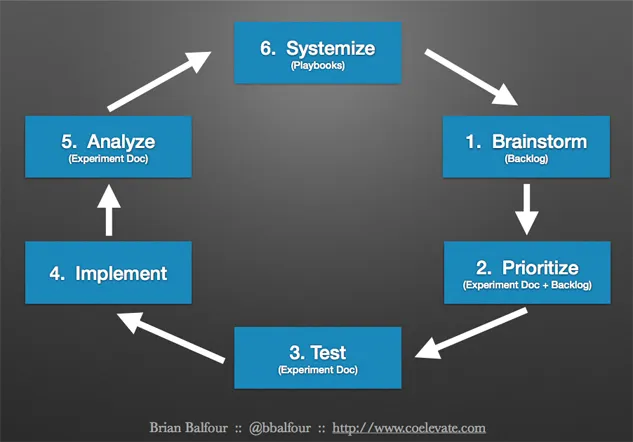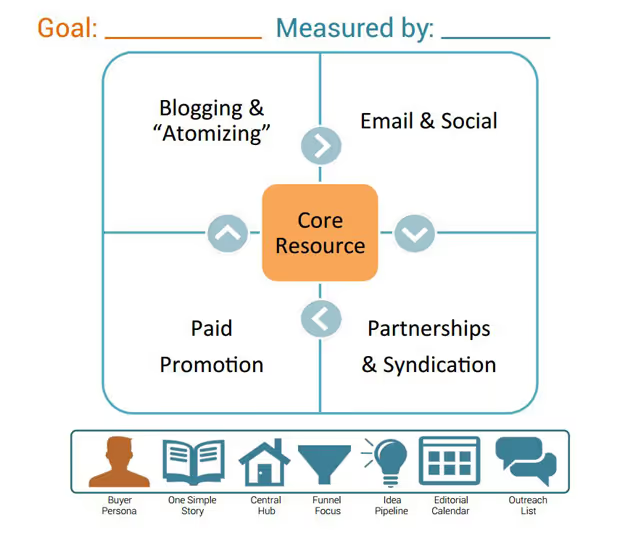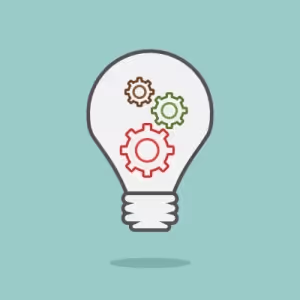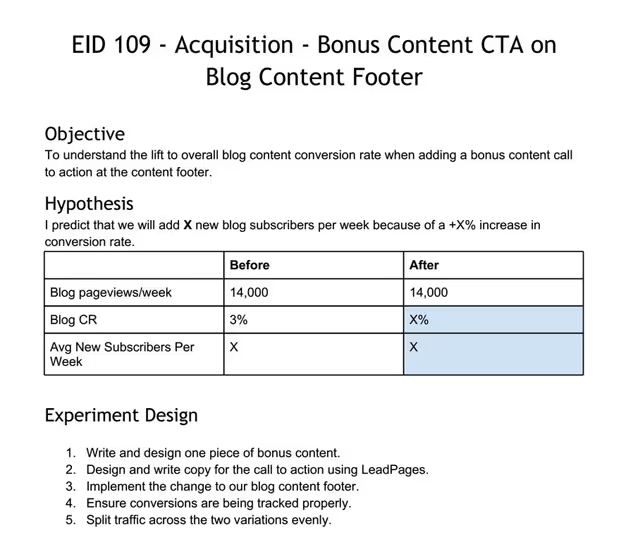Building a Process for Growth Experiments
As growth continues to evolve from its hacker-roots into a full-blown profession, there is one thing that will always stay constant.
Growth is experiment-driven marketing.
I got a great look into how big companies are building growth teams in one of my episodes of SaaSquatch Radio when I was talking with Brian Balfour, VP of Growth at HubSpot.
We went over the importance of building a growth team and how to create a place for structured and process-driven growth. He’s had previous talks and articles that go in-depth on how he applies the scientific method to their growth initiatives.
I highly recommend checking out his essays on the CoElevate blog for some further reading.
So in this article I’m going to show you the process I’m building for our Growth team here at Referral SaaSquatch. I’ll even give you access to some public Google Docs so you can use the frameworks for your own experiments.
You can find the Experiment Backlog and Experiment Design docs here.
Process
This is the main takeaway from Brians’ talks. You need to develop a process in order to achieve growth wins for your company. The steps don’t have to be identical, but in order for your company to grow up this is the kind of process you and your team need to commit to.
Here’s the growth flow chart Brian uses with his team.

Creating a Backlog
This is where you put the brainstormed experiments that your team wants to run. Think of it like your product development roadmap, but this time it’s for your growth team. The key here is to accurately understand the scope of running the experiments. IE what the steps are to implement and what resources are needed for each experiment.
Creating and Using an Experiment Doc
This is the lifeblood of the growth experiment process. You start with your idea and create the objective and hypothesis to help prioritize the experiment.
Once you make the test a priority you begin to design the steps needed to implement the experiment.
When the test is complete you then record the results, discuss your findings and plan the next steps.
Creating a Playbook
This is where you take your successful experiments and document the step-by-step process into a playbook that your team can revisit as a repeatable growth experiment. For example marketplace startups like Airbnb, Uber and UrbanSitter have built playbooks for their city-launches.
They use a combination of guerilla marketing tactics to seed the initial word of mouth of their city launch. Measure what they spend hosting events, meeting with influencers, putting up posters, etc..
In a recent talk from the 500 startups bootcamp. Rebecca Rosenfelt went over how the teams tracked the ROI from their city launches that used targeted FB ads and compared them to their guerilla campaigns.
After seeing the higher ROI from the guerilla marketing campaign they created a playbook to help the team build a repeatable city launch strategy.

TL;DR
If you’re taking away one thing from this article it should be:
In order to build a growth team you need to create a process.
Whether you use this framework explained above or a similar one, the key is that you take a data-driven and scientific approach to your growth initiatives. For a company that is looking to build a culture of growth instilling a process like this is crucial for your success.
Once again you can find the Experiment Backlog Spreadsheet and Experiment Design docs here.


